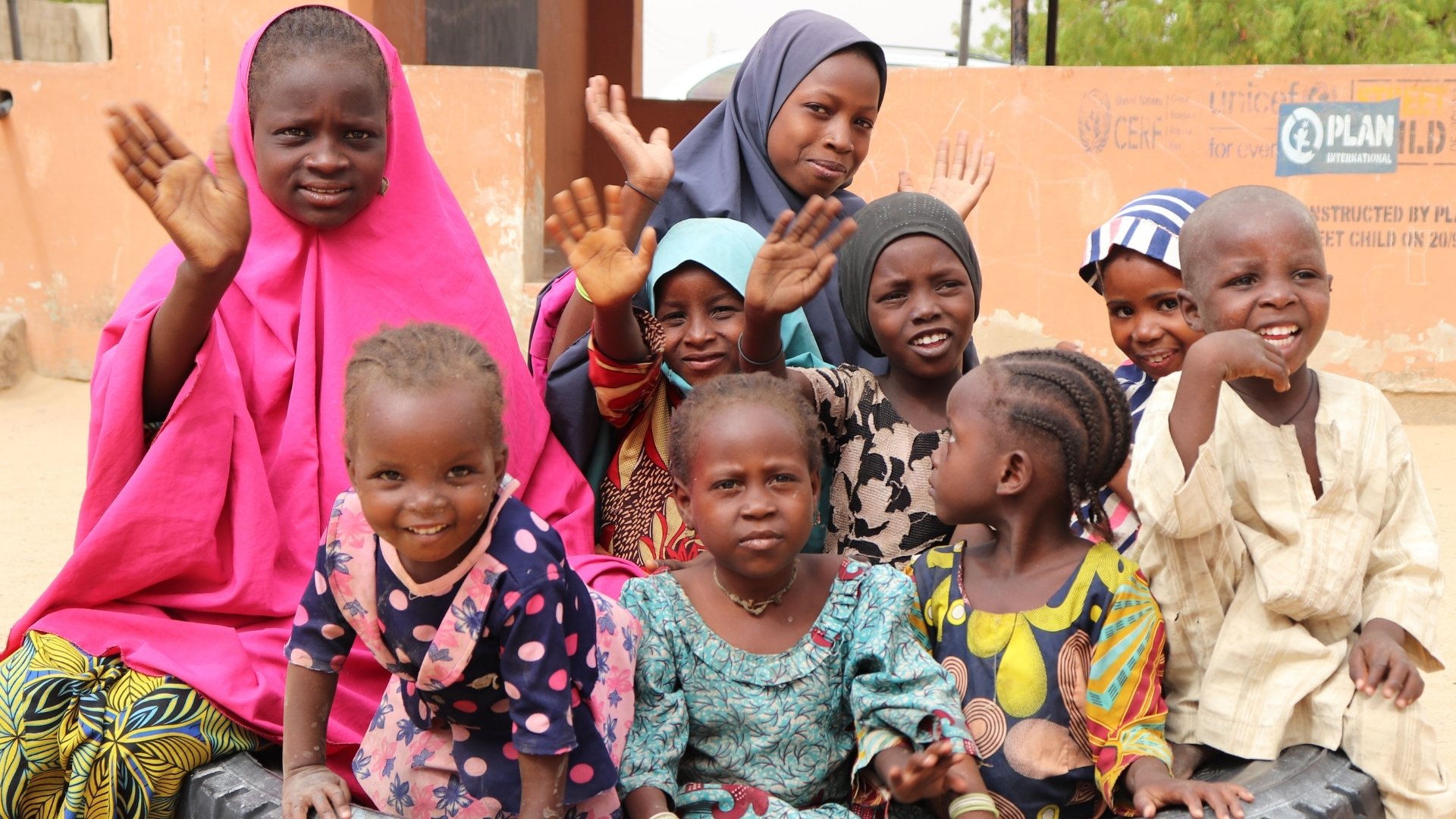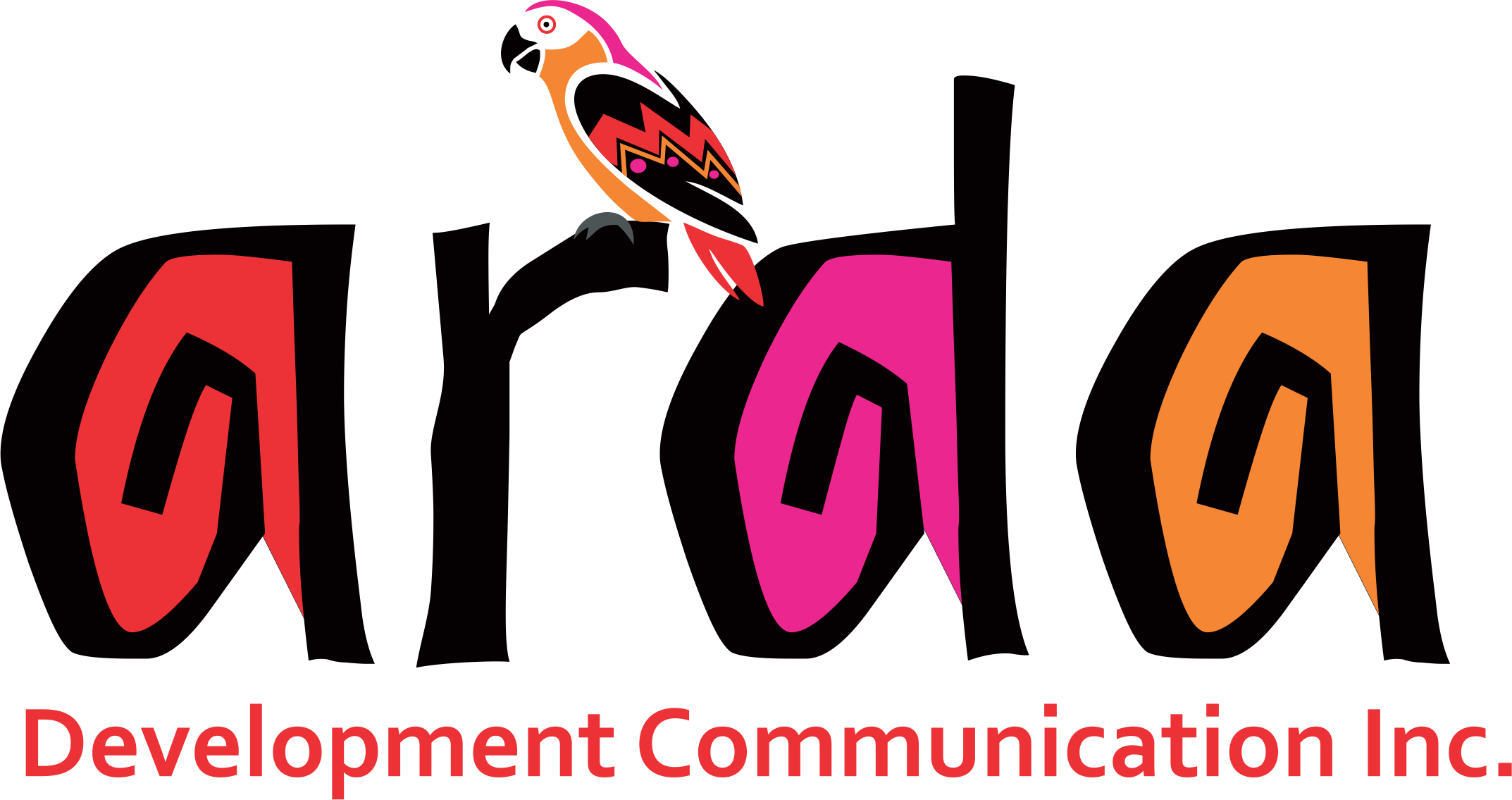I was only eight years old when I recognized the power of development communication. Every Saturday morning, a radio drama titled “Abule Oloke Merin” (“The Village of Four Floors”) would play from the stereo in our living room. This radio drama was produced by a nonprofit organization committed to improving family health outcomes.
Through this drama, I learned about the genetic causes of sickle cell anemia and gained clarity on the cultural myth of “abiku” (a term used to describe a child who die young). This was long before my Integrated Science and Biology classes addressed these topics in secondary school. The knowledge I gained from that program has remained with me, influencing my health choices and worldview to to date. This personal experience shaped my firm belief that children should be intentionally included in SBCC programming.
Many SBCC interventions focus on adults or teenagers and leave out children, however, children represent a critical demographic that is too often overlooked. Targeting children may require additional planning and tailored approaches, but the potential for long-term impact makes it a necessary investment.

Why Should Children Be Included in SBCC Interventions?
1. Sustainability of Impact:
There’s a common saying: children are the future. Financial institutions recognize this, which is why they develop child-focused savings plans to build long-term relationships. Similarly, when children are exposed to transformative messages at a formative stage, they are more likely to carry those behaviors into adulthood, creating a ripple effect that benefits communities for generations.
2. Receptiveness to Change:
Children are naturally adaptable. Their cognitive and behavioral patterns are still forming, making them more open to new information, values, and attitudes. This developmental stage offers a unique opportunity to instill positive social norms before harmful behaviors are established.
3. Behavioral Multipliers:
Parents and caregivers often recount moments when children correct them based on lessons learned at school, in faith-based settings, or from media. Children not only internalize messages quickly, they often become messengers themselves, influencing their families and peers.
4. Access through Existing Structures:
Children are highly reachable through formal and informal institutions such as schools, religious organizations, and after-school programs. Also by leveraging media and communication platforms they already engage with such as cartoons, jingles, and educational games, children can be reached effectively and consistently.

Designing SBCC Strategies That Center Children
SBCC aims to influence knowledge, attitudes, and behaviors using a diverse of communication approaches. When children are the target audience, it is crucial to embed messages in formats that are educational, entertaining, and age-appropriate. Below are some suggested strategies for designing impactful child-focused SBCC initiatives:
- Educational Games: Games encourage creativity and engagement while delivering key messages. An example of such educative games is Monopoly, a game that teaches financial literacy, likewise, customized games can promote messages on hygiene, empathy, inclusion, health practices, climate responsibility or any social issues in an interactive way.
- Animated Content: Animation has a universal appeal among children. Whether through short videos, musical skits, or full-length cartoons, animated content can be used to deliver messages in a format children find accessible and fun.
- School-Based Campaigns: Organizing school outreach programs with games, role-plays, and music competitions can reinforce project messaging while fostering peer learning. Activities like sing-along challenges with SBCC-themed jingles can drive retention and enthusiasm.
- Illustrated Storybooks: Children’s books, especially those with vibrant illustrations and relatable characters, are powerful tools for message transmission. Storybooks can be developed to align with specific project goals while supporting literacy and social learning outcomes. One of my colleagues remembers reading a series of books that not only taught children about health, hygiene and taking care of your siblings, but also encouraged readers to teach other children what they had learned in the book.
Conclusion
Children may not always be the primary target in SBCC campaigns, but their inclusion can significantly amplify outcomes and ensure sustainability. By designing interventions that speak their language and match their interests, and, very importantly, including them in the design stage of these interventions, we not only shape the behaviors of today’s youngest generation, we lay the foundation for healthier, more informed communities in the future.
